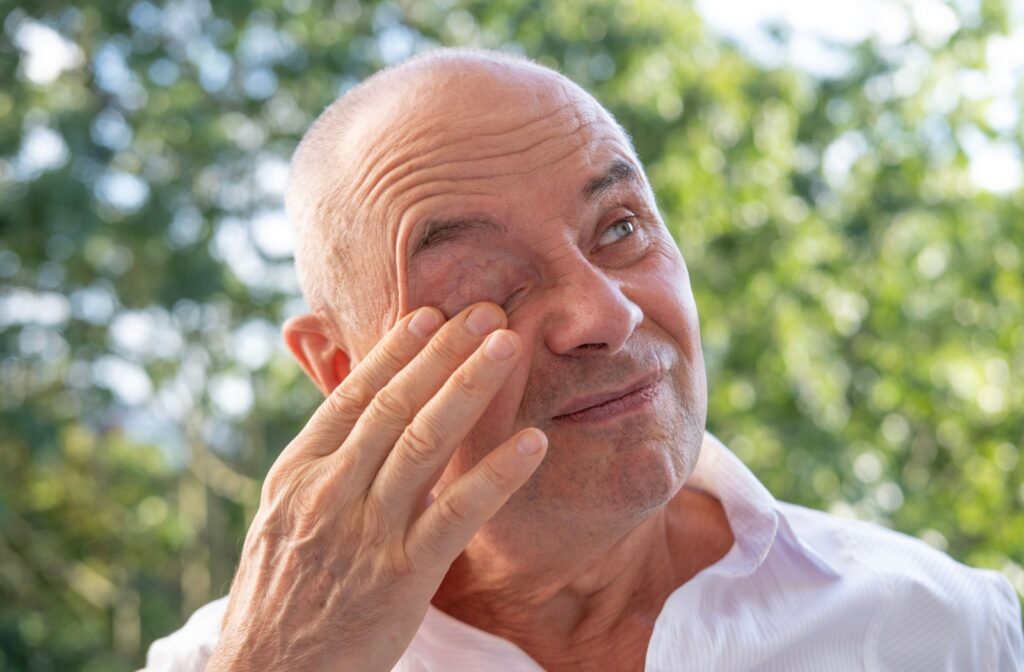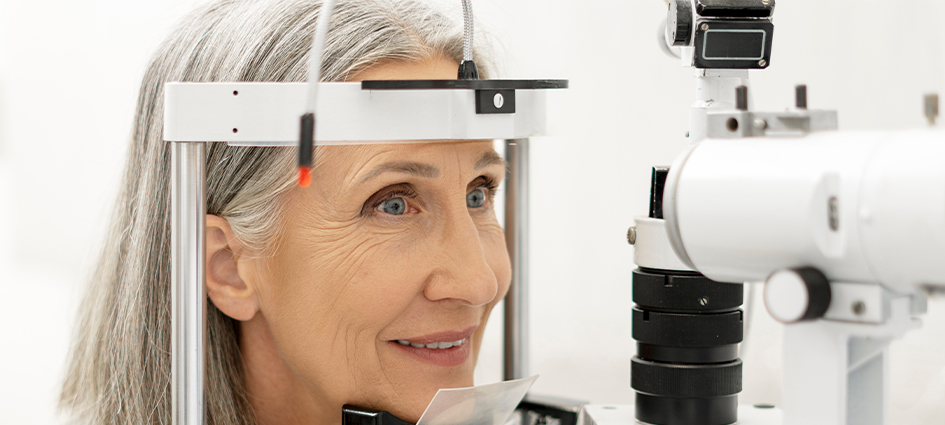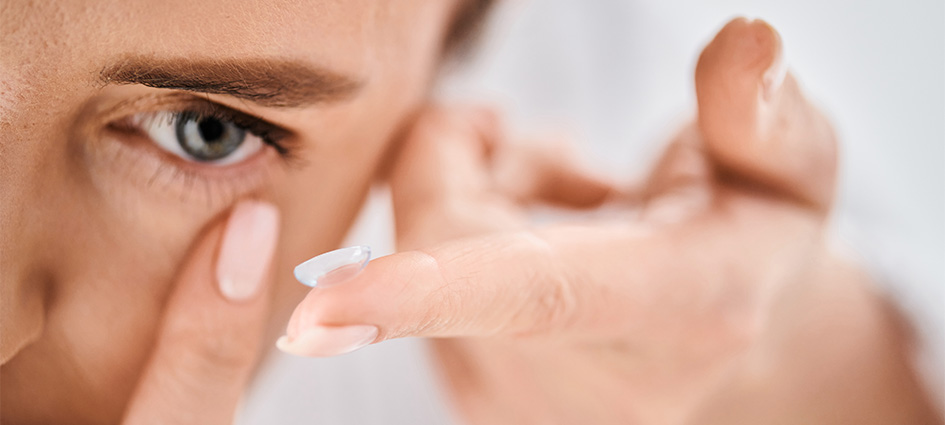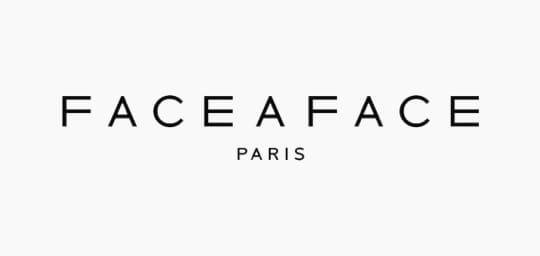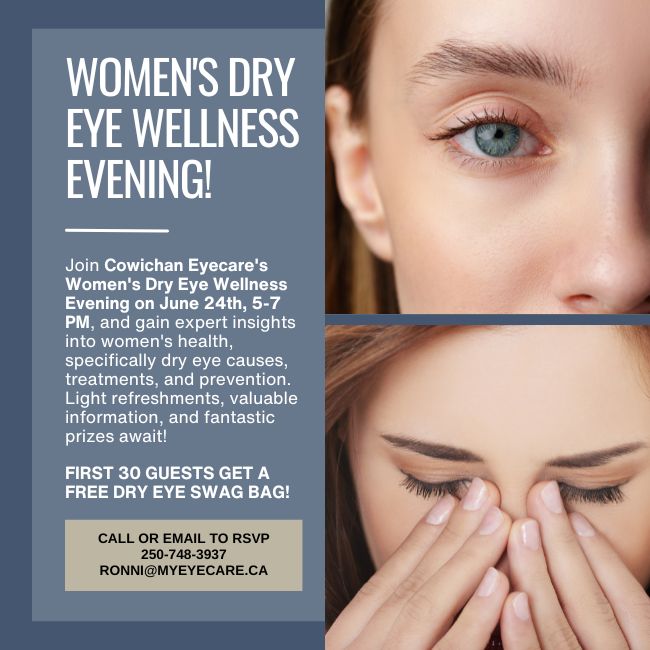Eye health is a critical aspect of our overall well-being that often gets overlooked. Two common eye conditions that are frequent causes of confusion are glaucoma and macular degeneration. While both conditions affect vision and are more prevalent with age, glaucoma and macular degeneration are distinct eye conditions with different symptoms, causes, and treatment options.
This blog aims to clarify the differences between glaucoma and macular degeneration, helping eye care patients understand the characteristics of both diseases.
Defining Glaucoma
Glaucoma is a group of eye diseases that cause damage to the optic nerve, which is crucial for good vision. The most common cause of this damage is increased intraocular pressure within the eye. Left untreated, glaucoma can lead to irreversible blindness.
There are several different types of glaucoma. Two common varieties are open-angle and angle-closure glaucoma:
Open-Angle Glaucoma
- The most common form, accounting for about 90% of cases.
- Develops slowly and often goes unnoticed until significant vision loss occurs.
- Characterized by gradual peripheral vision loss, leading to tunnel vision.
Angle-Closure Glaucoma
- Less common but more severe.
- Occurs when the iris bulges forward to narrow or block the drainage angle formed by the cornea and iris.
- Can cause sudden eye pain, headache, nausea, and visual disturbances.
Causes, Risk Factors, & Symptoms
Glaucoma can be hereditary, meaning having a family history of the condition increases your risk. Other risk factors include age (typically, being over 60), certain medical conditions like diabetes, high blood pressure, and prolonged corticosteroid use.
Symptoms
Open-angle glaucoma has no symptoms other than gradual vision loss, so it’s important to see your optometrist for regular check-ups.
Acute-angle closure glaucoma, however, is a medical emergency, and involves the following symptoms:
- Significant eye pain
- Vomiting
- Nausea
- Disturbances in vision (especially around the edges)
- Halos (rings of colored light) in your vision
- Sudden disturbances in your vision
- Sudden blurred vision
Treatment
The goal of glaucoma treatment is to reduce eye pressure and prevent further vision loss. Treatments may include:
- Prescription eye drops
- Oral medications
- Surgery
Understanding Macular Degeneration
Macular degeneration, also known as age-related macular degeneration (AMD), is a chronic eye disease that affects the macula, which is responsible for sharp, central vision and precise vision tasks like reading and driving.
This progressive condition occurs when the macula deteriorates, leading to blurred or reduced vision in the center of the visual field. AMD is a leading cause of vision loss in people over 50, and it significantly impacts their quality of life.
There are two types of AMD: dry and wet. Dry AMD is more common and progresses slowly, whereas wet AMD is less common but can lead to more rapid vision loss. Early detection and management are crucial in slowing the progression of AMD and mitigating its effects.
Dry AMD
- The most common form.
- Involves abnormal deposits and thinning of the macula over time as part of the aging process. Gradually causes blurring of central vision.
- Progresses slower than the wet form and has three stages (early, intermediate, and late).
Wet AMD
- Less common but more severe.
- Occurs when abnormal blood vessels grow under the retina and leak fluid or blood, damaging the macula.
- Leads to rapid and severe vision loss.
Causes & Risk Factors
While the exact causes of AMD aren’t fully understood, several risk factors have been identified:
- Age (over 50)
- Smoking
- Family history of AMD
- Obesity and poor diet
- High blood pressure and cholesterol
Symptoms
Symptoms of AMD include:
- Blurred or fuzzy vision
- Straight lines appearing wavy
- Difficulty recognizing faces
- A dark or empty area in the center of vision
Treatment
Although there is no cure for AMD, treatments can help slow its progression and preserve vision:
Dry AMD:
- Nutritional supplements rich in antioxidants and carotenoid pigments may help slow progression.
- Lifestyle changes like a healthy diet, regular exercise, and quitting smoking.
- Red light therapy (photobiomodulation) and transpalpebral microcurrent stimulation (MacuMira) are promising new treatments that are currently being studied.
Wet AMD
- Anti-VEGF injections to reduce abnormal blood vessel growth.
- Laser therapy to seal leaking blood vessels.
Key Differences Between Glaucoma & Macular Degeneration
Despite both conditions affecting vision, glaucoma and macular degeneration differ significantly in terms of their impact on the eye:
Location of Damage
- Glaucoma damages the optic nerve, affecting mid-peripheral vision first.
- Macular degeneration affects the macula, impairing central vision.
Symptoms:
- Glaucoma often progresses silently without noticeable symptoms until significant vision loss occurs.
- Macular degeneration can also progress slowly, but may be noticeable earlier in the disease because it causes central vision blurring .
Treatability
- Glaucoma treatment focuses on lowering eye pressure to prevent further damage.
- Macular degeneration management aims to slow progression and stabilize vision.
Thinking About Booking Your Next Appointment?
Understanding the differences between glaucoma and macular degeneration is crucial for proper diagnosis and treatment. If you’re experiencing any visual changes, it’s essential to consult an eye care specialist provider promptly. Early detection and management can significantly impact preserving your vision and quality of life.
Stay proactive about your eye health by scheduling regular check-ups, particularly if you fall into higher-risk categories. For personalized advice and support, consider reaching out to Cowichan Eye Care. Let us guide you through maintaining optimal eye health.
Remember, taking charge of your eye health today can make a lasting difference in your vision for tomorrow.


